Search Results
Having Conversations about Domestic Abuse at Work
A short, practical guide developed in partnership with Recentre to support you in handling safe conversations about domestic abuse at work.
Types of contracts
In addition to contracts of employment, a number of other types of contracts exist.
Preparing for the hiring process
Taking the time to carefully plan the hiring process is important and ensures that you hire an employee with the right mix of skills and characteristics for the job.
Qualifying periods
Most people are entitled to the rights outlined below. However, in many cases, qualifying conditions must be fulfilled before a right may be claimed. Some rights apply to all employees as soon as they start work; others depend on factors such as length of service, continuity of employment and activities in addition to the job, for example, union work.
Final pay when employment ends
Final pay given to an employee can be different from their regular pay.
Employee engagement
Employee engagement plays a crucial role in the success of any organisation. It goes beyond the surface level of job satisfaction and encompasses the emotional and psychological connection that an employee has with their work and their workplace. Engaged employees are not just committed to their job, but they are also invested in the values of their organisation. They are more likely to put in discretionary effort, go the extra mile, and take ownership of their work, leading to improved performance and productivity.
Workplace policies
Clear workplace policies and procedures help organisations to be productive, efficient and maintain high levels of staff morale. Ensuring that everyone knows how and why things are done is a key component in establishing best employment practice. Check out our free 'Employment Document Toolkit' to create your own policies and procedures that adhere to legal requirements and best practice, and which meet the particular needs of your organisation.
Gender pay gap
The gender pay gap measures the difference between average (median) hourly earnings of men and women, usually shown by the percentage men earn more than women.
